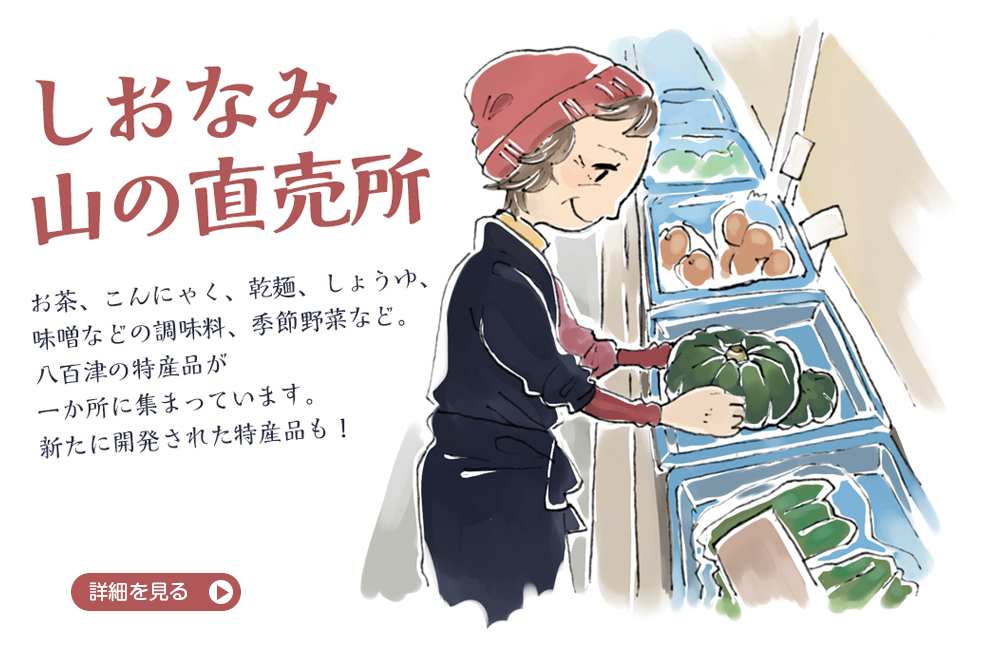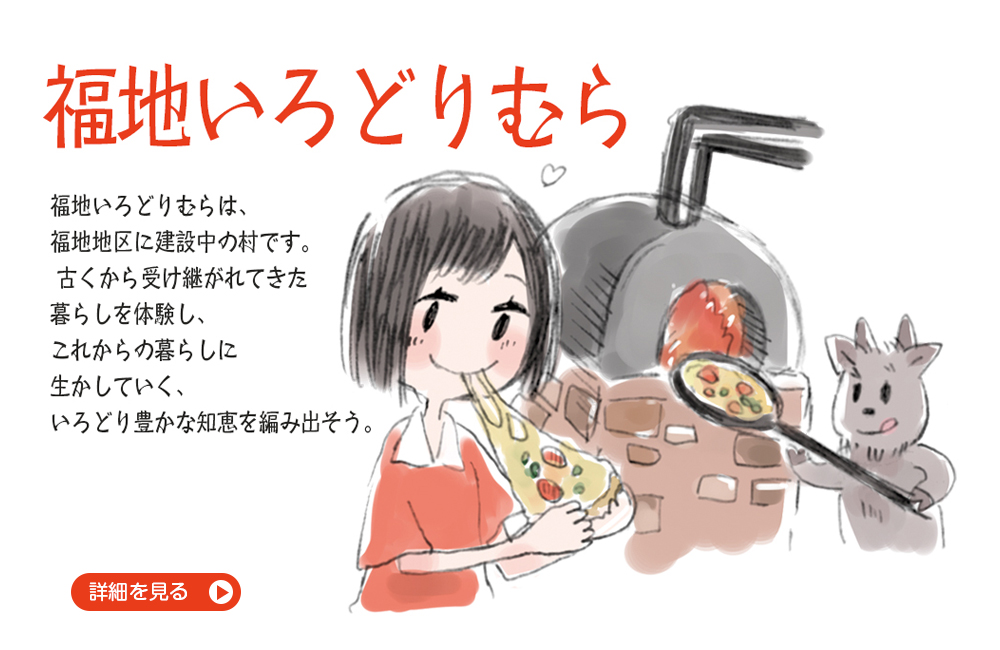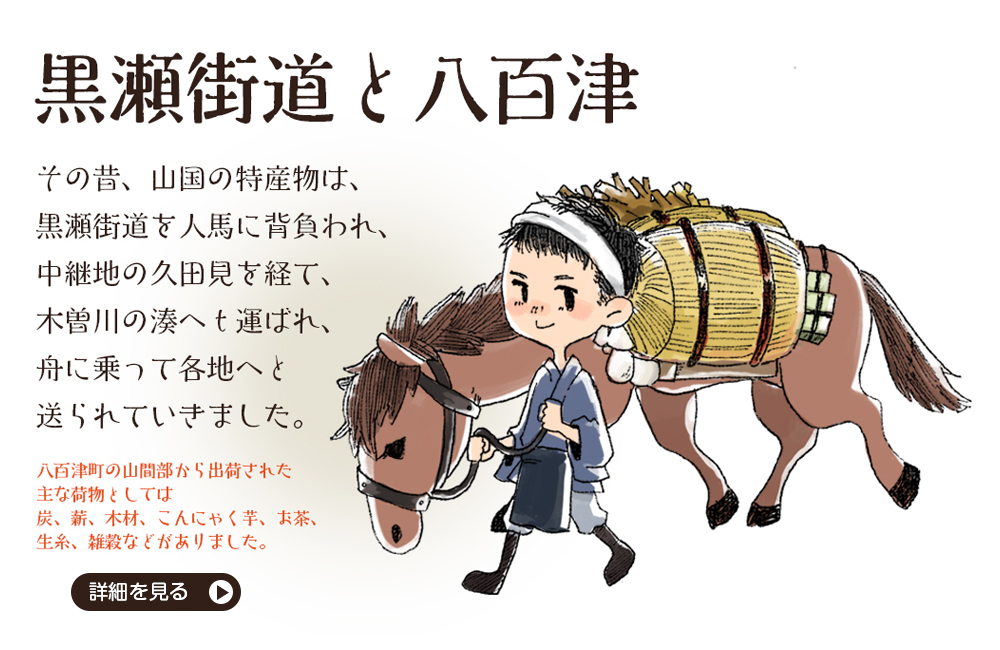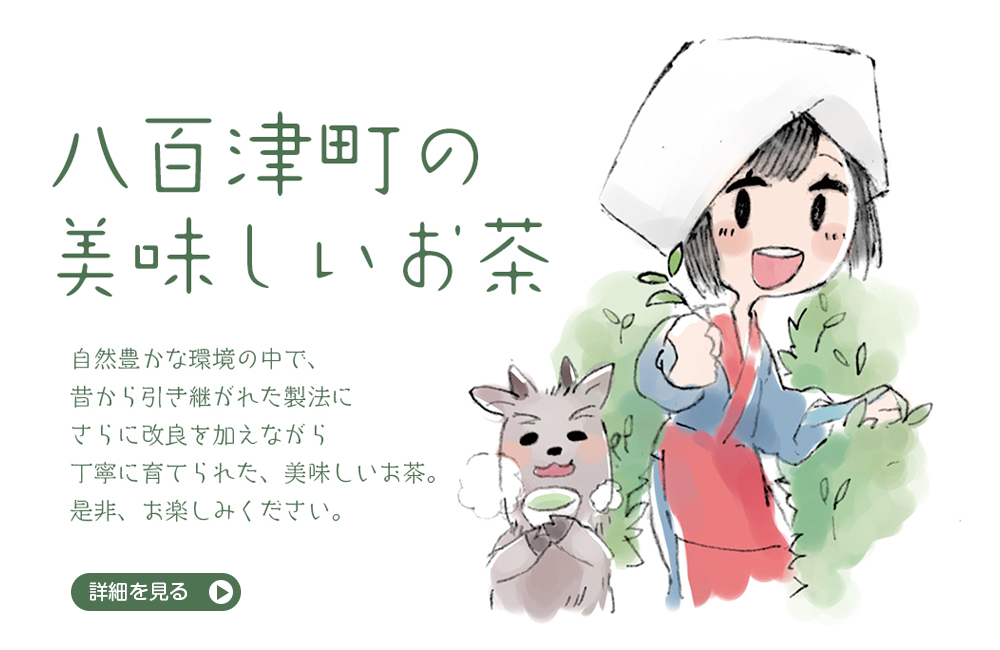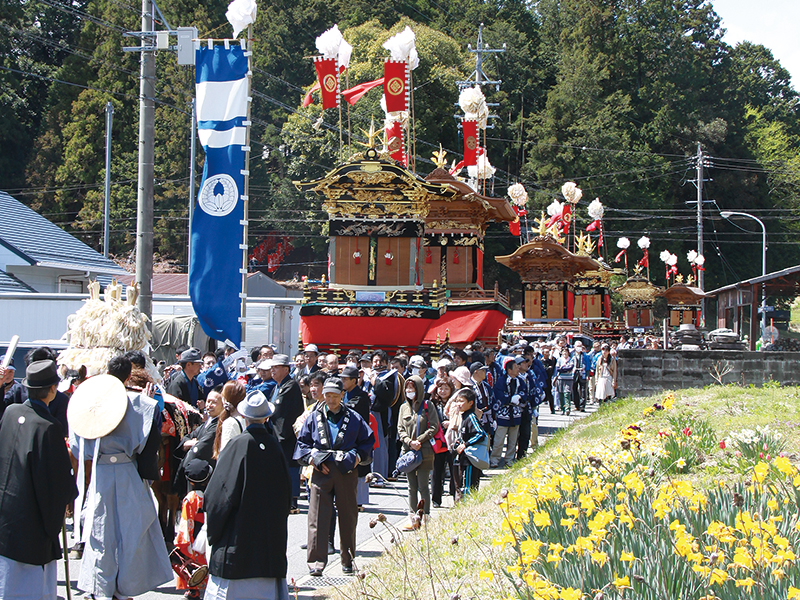

久田見祭りは、毎年 4月第3日曜日に久田見の氏神である神明・白鬚両神社で行われます。6両の絢爛豪華な山車が引き出され、それだけでも壮麗な眺めです。
祭りの始まりは天正18年(1590)稲葉右近方通がこの地方を領有した時、久田見の中心地は山中であるにもかかわらず大集落であったため、都会にならって現在の祭りを始めさせたと伝えられています。
Kutami Festival is held on the third Sunday in April every year based around both Shinmei Shrine and Shirahige Shrine, the guardian deities of Kutami area. The six gorgeously decorated floats are lined up in front of the shrines, which is absolutely a magnificent view.
Kutami Festival was first held in 1590 when Masamichi Inaba-Ukon acquired this area as his territory. It is said that Masamichi encouraged local people to start holding such a big festival after an urban community, as Kutami was a big community at that time even though it was located in the mountains.

山車の上に設けられた舞台の上では、独創的な繰り人形劇がくり広げられます。
その人形劇の動きの秘密は「糸切りからくり」という独特な技法と操作にあり、歴史的、芸術的な価値が評価され、国の無形民俗文化財に選択・岐阜県の重要無形民俗文化財に指定されています。
The original Karakuri string puppet performance takes place on a stage on top of the floats. The movement of puppets are handled by a unique technique “Split-String Karakuri”, which is historically and artistically recognized. The technique of “Sprit-String Karakuri” has been selected as a national intangible folk cultural asset and a Gifu prefecture designated intangible cultural asset.

神明・白鬚両神社で行われるからくりの奉納は、現代の世相を伝統の技で表現します。
The puppet performance reflects the social situation of the year using traditional techniques and is dedicated to the deities at both Shinmei and Shirahige shrines.

6両の山車がそろい、大行列を組んで進む姿は、平安絵巻のような華麗さ。
The appearance that the six floats are gathered and go single file is just gorgeous like the illustration of Heian handscrolls.
